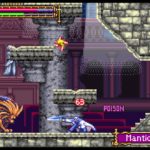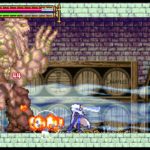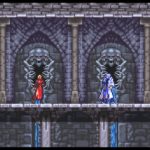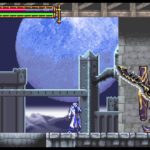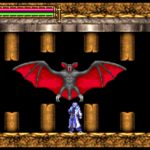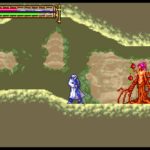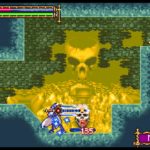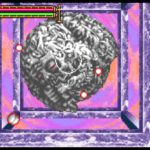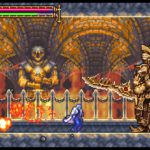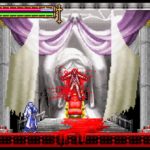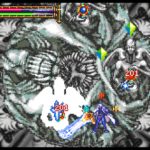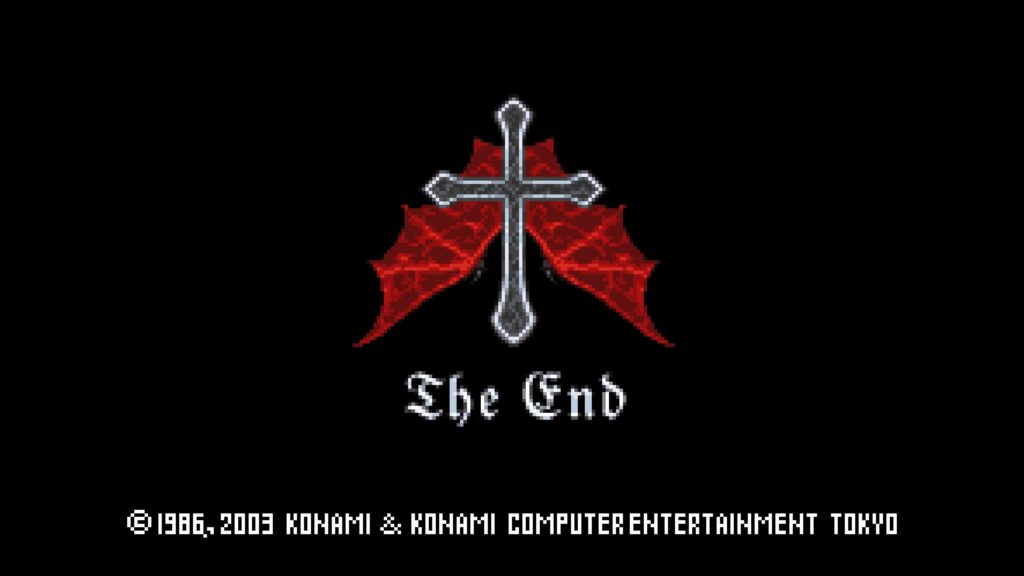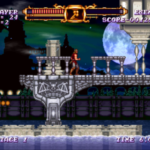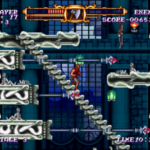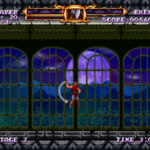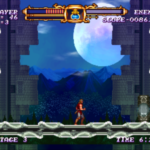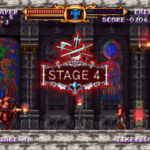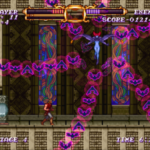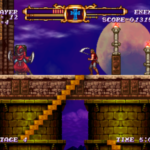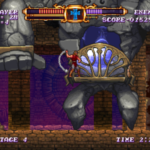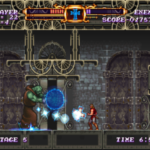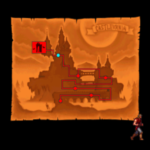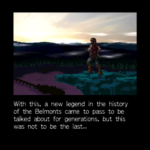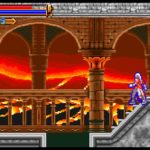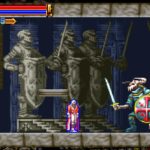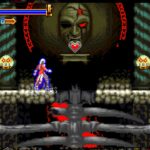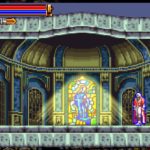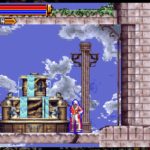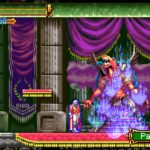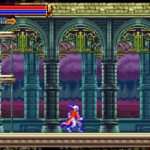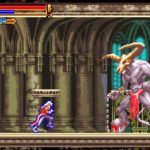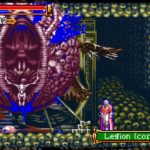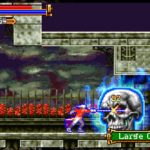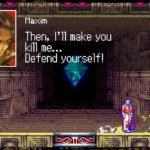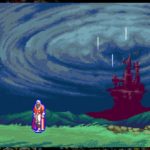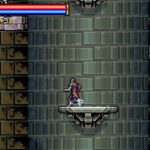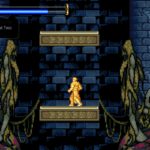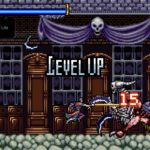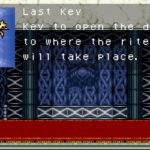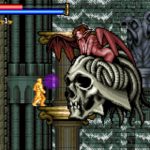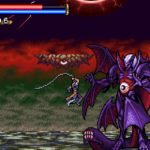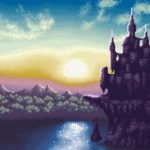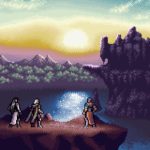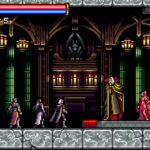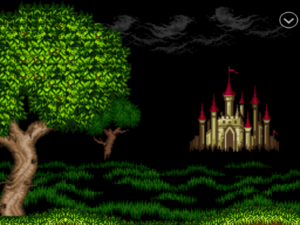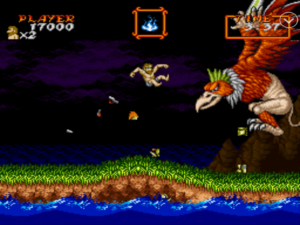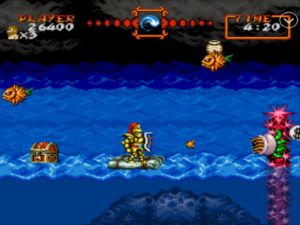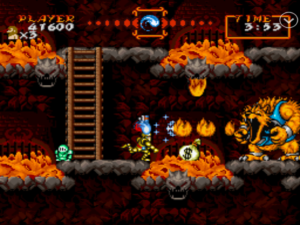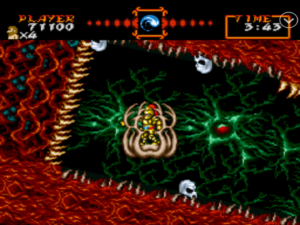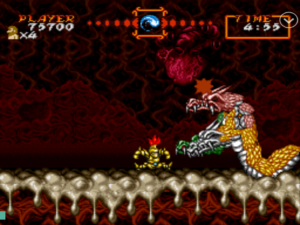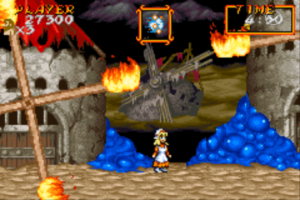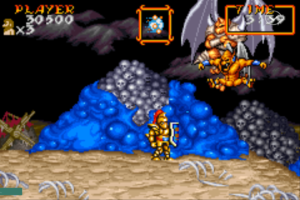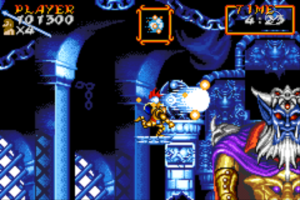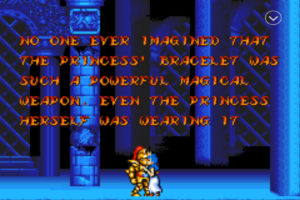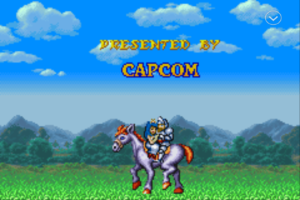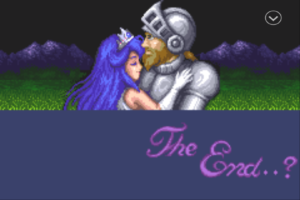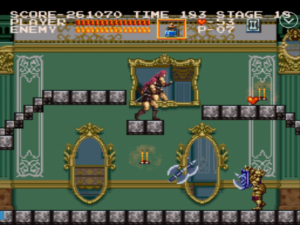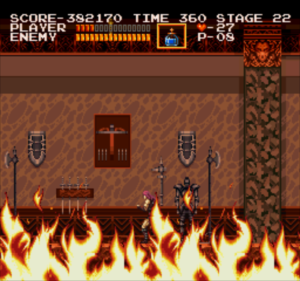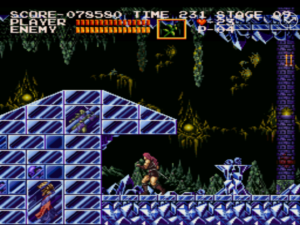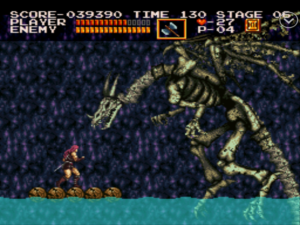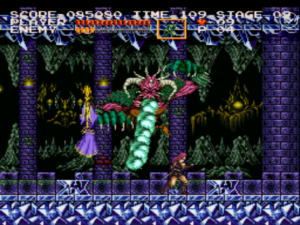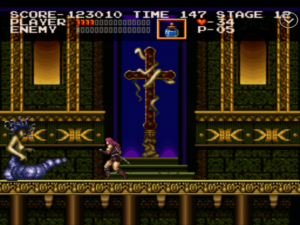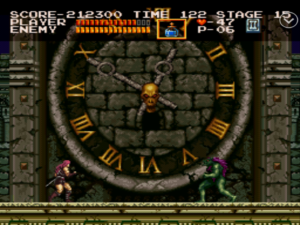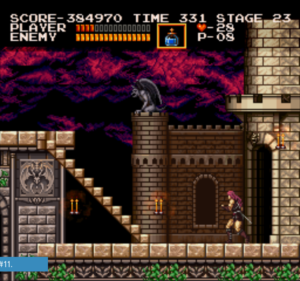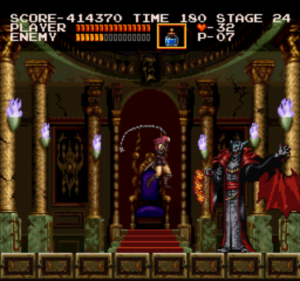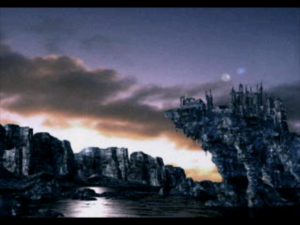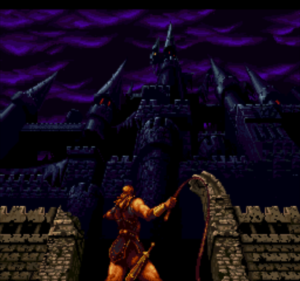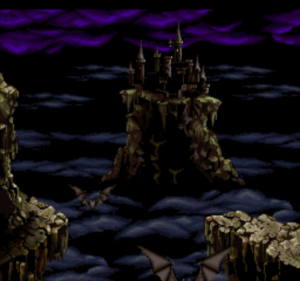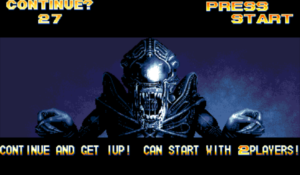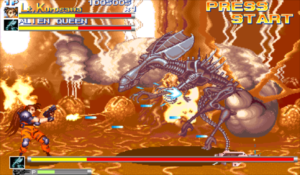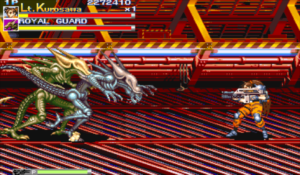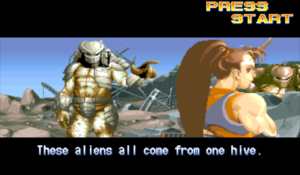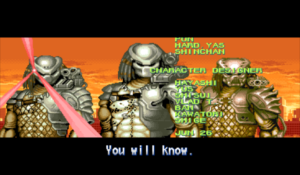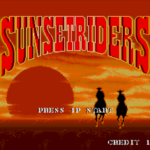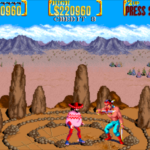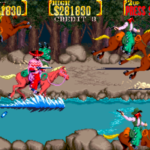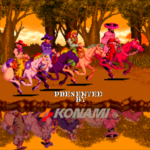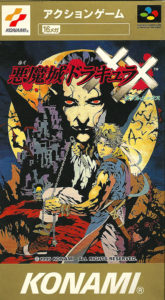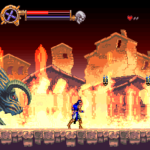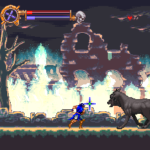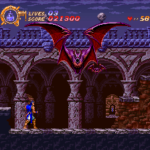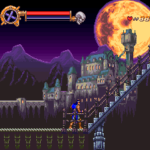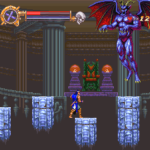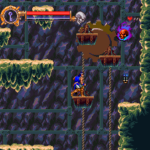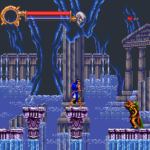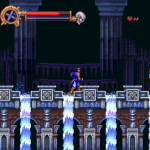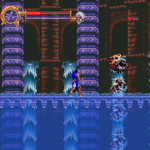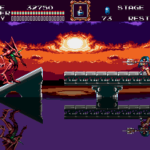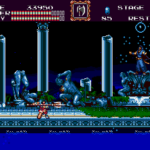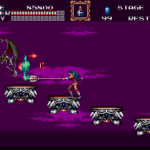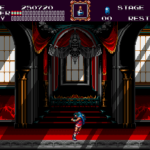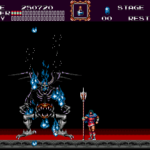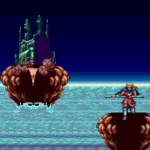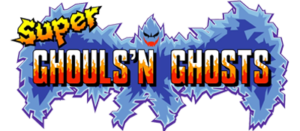 I vividly remember playing the original Ghosts ‘N Goblins in the back corner of some shady restaurant ages ago. The machine had two buttons on either side of the stick, but the right side didn’t work. So there I stood, playing this filthy machine with cigarette ashes on it, with my hands swapped: right hand crossed over my left. It didn’t help that the game was notoriously difficult to begin with. Certainly the button issue only exacerbated that challenge.
I vividly remember playing the original Ghosts ‘N Goblins in the back corner of some shady restaurant ages ago. The machine had two buttons on either side of the stick, but the right side didn’t work. So there I stood, playing this filthy machine with cigarette ashes on it, with my hands swapped: right hand crossed over my left. It didn’t help that the game was notoriously difficult to begin with. Certainly the button issue only exacerbated that challenge.
As the years went on, I played the sequels and spin-offs. Ghouls ‘N Ghosts, its Super sequel on consoles, Maximo earned me some publishing cred and later, the PSP’s Ultimate Ghosts ‘N Goblins. I never completed that last title: it was far too difficult. That would’ve been over a decade ago.
I find my patience for these types of game has dwindled. I don’t care for Mega Man games like I used to and a return to the franchise seemed truly unlikely. However, something piqued my interest as I sat in my newest temporary quarters, with Vesuvius in the distance. Given my passion for using save states, the series might not seem so daunting. Of course I would be mistaken in that regard, but the real question was: which game should I go back to? After some research, it was decided! the SNES game it would be! Like many other titles on this backlog, I’d played this iteration before but didn’t think I ever beat it. Now having played it again (and twice), I can verify – there’s no way in goddamn hell I beat this game.
To begin, the start is oh-so-familiar. The graveyard, the music, the weapons. Everyone who has played any of these titles will feel right at home and the new double-jump mechanic opens things up quite a bit, especially given the unforgiving jumping controls. Each of the first few stages is broken into two uniquely-different segments. Here we have the standard cemetery followed by a watery section with waves crashing over you. While this is not a truly difficult portion (and I played on standard difficulty), it’s riddled with memorization sections that inevitably lead to death your first run through. Even with my cheating ways of save states, this game demanded a specific set of memorized jumps and perfect setups. Skull platforms roll towards you requiring rigid timing. Enemies appear just as Arthur launches himself. It was perfectly normal for the time, but damn frustrating decades later.
The second stage begins on a haunted ship before asking you to navigate the waters on rafts. Stage three descended into fiery depths while five was the standard icy world. This one came with fantastic rain effects and the best song of the above-average soundtrack. These straddled a fourth level that showed off Nintendo’s Mode 7 effects, spinning the stage around as you went along new paths. It was unique and showy and quite entertaining. However, when the sixth stage began, the stages no longer split and the endgame was present. These two levels culminated in Astaroth and Nebiroth battles which were demanding, but not impossible. The biggest issue was with controlling jumps and the commitment once you did jump. These could ruin your run quickly. However, another concern with the latter boss was time. After taking quite a while to reach the second Astaroth, I barely beat him before time ran out. Sadly, Nebiroth followed and with a scant 20 seconds remaining, the only solution was to restart the stage all over again. It felt a wee bit too bullshitty for me, so I tossed on an infinite time code and beat his ass. I have no shame.
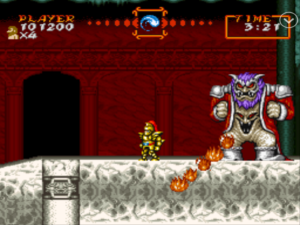 |
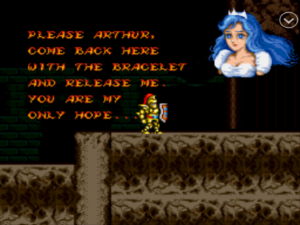 |
Speaking of bosses, there were several impressive ones. The cockatrice, a 360 centipede dude, a hydra and some frozen monstrosity were all generally fair challenges. The expected animations were there in spades and for the most part, it wasn’t the hardest game ever. Unfortunately, defeating the final boss revealed that you simply couldn’t see the game’s true ending on the first run. A second was required with a specific weapon in order to fight the real final boss. This is par for the course w/ GNG games, but it was something I gladly had forgotten about. Play again? Hrmph…I don’t know if I really want to!
However, I really wanted to see the real ending and it turns out the GBA version featured an arrange mode which changed levels 2-5 and the Princess’ Bracelet could be found during the first run through. Thus, I dove back in for a second full replay. You have a choice between an easy path and a hard one which mimic two of the standard difficulties from the original. A third path altered those four middle levels completely which made the entire game a different experience. These came with new bosses and the fourth level was a revamp of the original GNG level! These were wonderful and made the slightly-downgraded GBA title a remarkable port.
This all made a second playthrough truly worth it and allowed me to fight Sardius (Samael in Japan). An intense challenge, he unlocked the true ending which was worth the wait. A bit of detail about the Princess’ Bracelet is followed by short details about a number of enemies and then a full credits scene, with Arthur and Princess Prin Prin riding off before the sunrise. The full replay really gave me a full feeling for the game and while I’ll never return to play it all again, I fully appreciate the difficulty the game and the series sets. I might consider the PSP game again, but not without save states! Judge me if you will, but that game was friggin’ hard!!!
